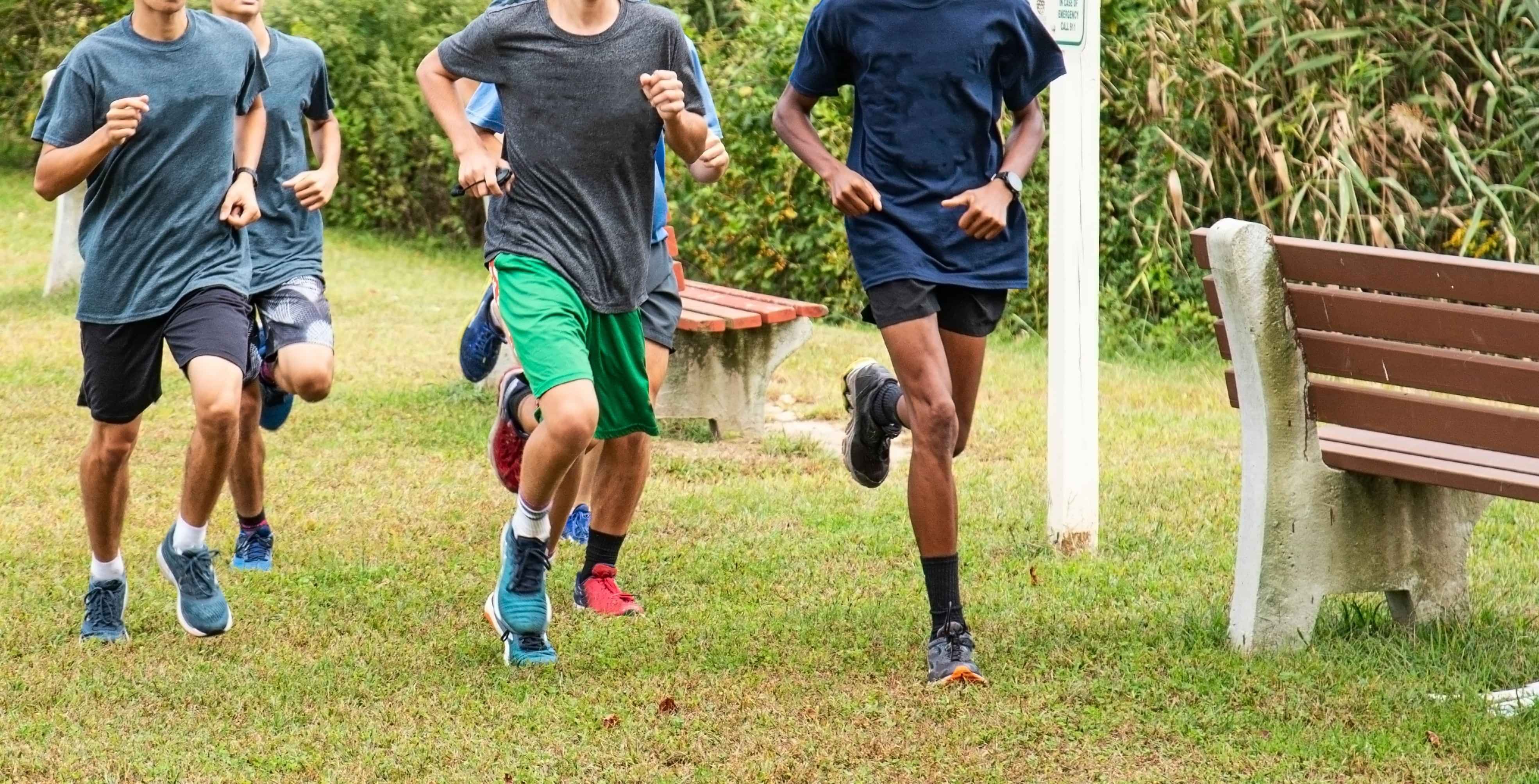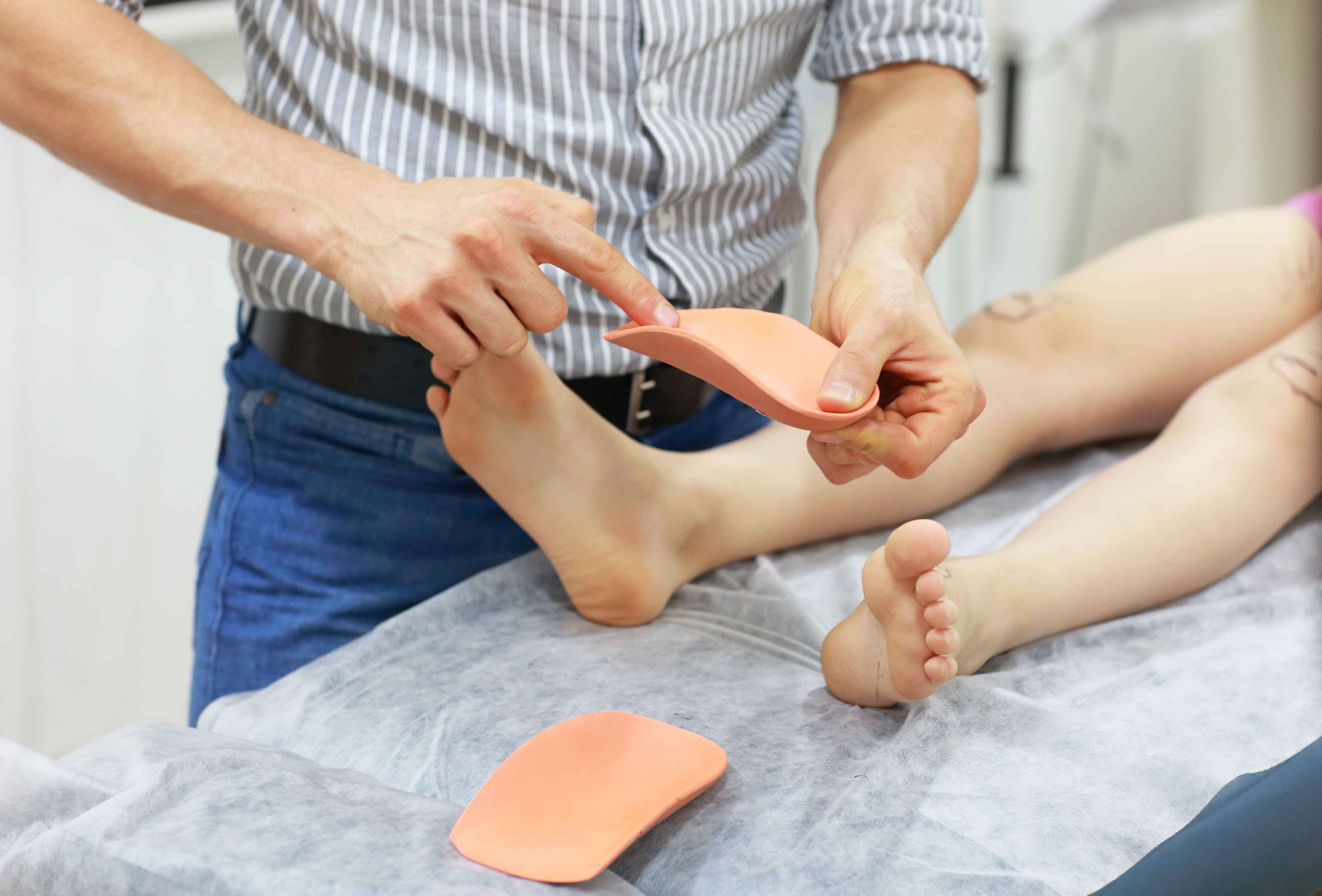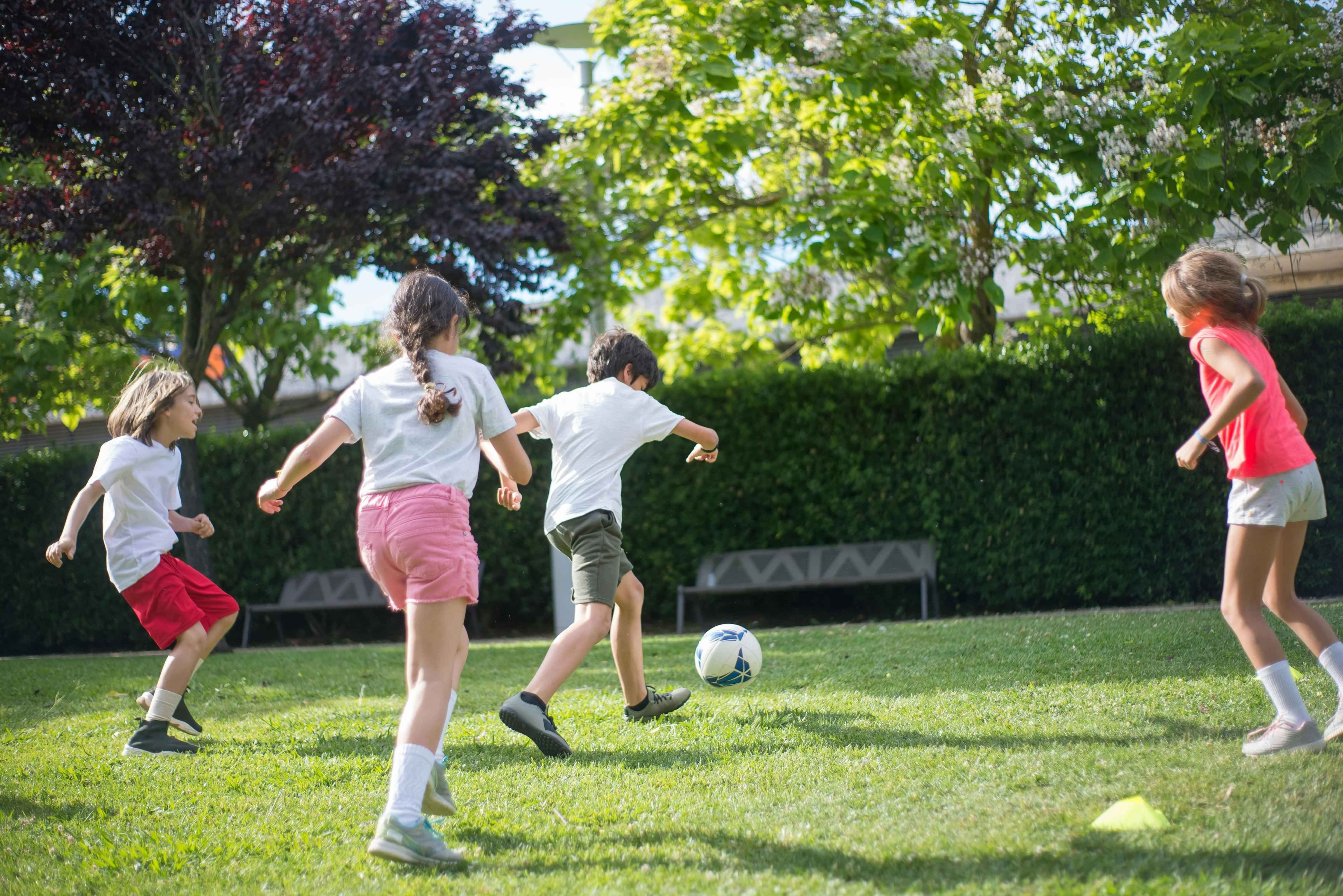Sever's Disease
What is Sever's disease, and who does it commonly affect?
Sever's disease, also known as calcaneal apophysitis, is a common condition affecting children and adolescents between the ages of 8 to 14, especially those who are active in sports. It is an inflammation of the growth plate in the heel bone (calcaneus). Despite its name, Sever's disease is not a true "disease" but rather an overuse injury resulting from repetitive stress on the heel's growth plate.
This condition usually occurs during the growth spurt period when the bone grows faster than the attached muscles and tendons, causing strain on the growth plate.
What are the symptoms and typical signs of Sever's disease?
Symptoms of Sever's disease often include pain or tenderness in the heel, particularly at the back and sides. Children may experience discomfort when walking or participating in physical activities, and the pain may increase with running or jumping. Swelling or redness might also be observed in the affected area.

How is Sever's disease diagnosed in young athletes?
Diagnosing Sever's disease involves a detailed evaluation of the child's medical history, symptoms, and a physical examination focusing on the heel area. Imaging studies such as X-rays may be ordered to rule out other potential causes of heel pain and to visualize the growth plate's condition.

What are the treatment options available for Sever's disease?
Treatment for Sever's disease primarily focuses on reducing pain and inflammation. Resting the affected foot and avoiding activities that aggravate symptoms are crucial. Applying ice packs to the heel area and over-the-counter pain relievers like ibuprofen or acetaminophen can help alleviate discomfort.
Stretching exercises targeting the calf muscles and the Achilles tendon, as well as heel cushioning with supportive footwear, might provide relief. In some cases, custom orthotic devices or heel pads may be recommended to reduce pressure on the affected area.
Physical therapy focusing on strengthening exercises for the surrounding muscles and improving flexibility can aid in recovery. However, it's essential to follow professional guidance and recommendations to ensure proper healing and prevent recurrence.
Are there recommendations or precautions for young athletes to prevent or manage Sever's disease?
To prevent Sever's disease or manage its symptoms, young athletes should avoid excessive physical activities that place stress on the heel, particularly during growth spurts. Ensuring proper footwear with good arch support and cushioning can help reduce strain on the heel's growth plate. Gradually increasing training intensity and incorporating appropriate warm-up and cooldown exercises before and after physical activities can also minimize the risk of developing Sever's disease.
It's crucial to emphasize the importance of listening to the body and seeking medical advice if any heel pain or discomfort persists. A healthcare professional or a sports medicine specialist can provide guidance on proper training techniques, footwear choices, and preventive measures to reduce the likelihood of developing Sever's disease or other overuse injuries in young athletes.


